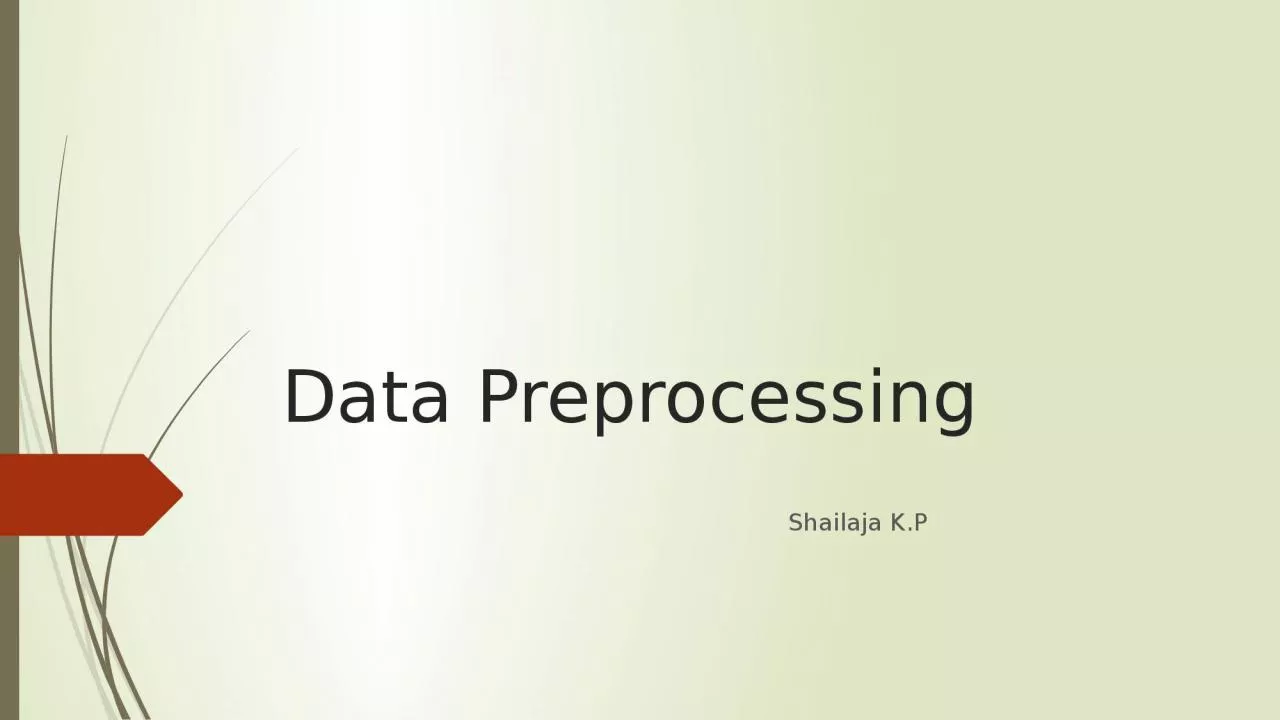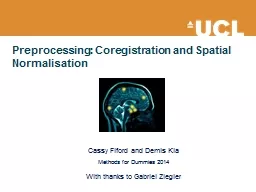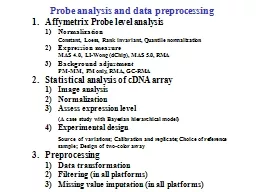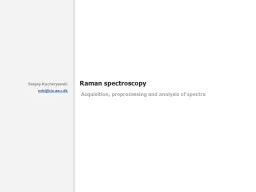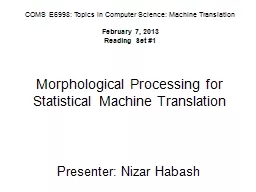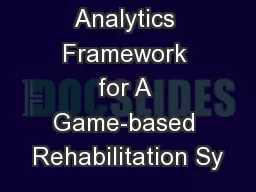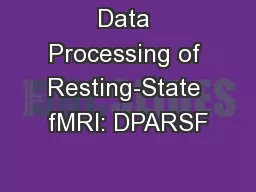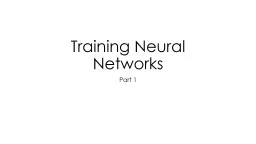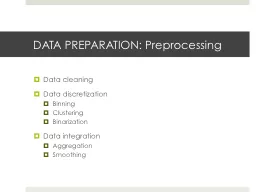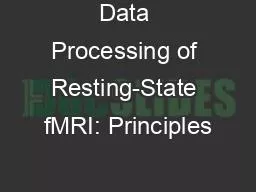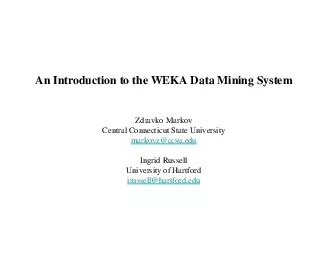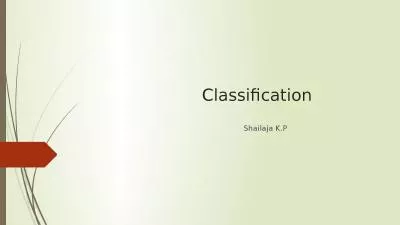PPT-Data Preprocessing Shailaja
Author : emery | Published Date : 2023-10-29
What Is Data Mining Many people treat data mining as a synonym for another popularly used term knowledge discovery from data or KDD while others view data mining
Presentation Embed Code
Download Presentation
Download Presentation The PPT/PDF document "Data Preprocessing ..." is the property of its rightful owner. Permission is granted to download and print the materials on this website for personal, non-commercial use only, and to display it on your personal computer provided you do not modify the materials and that you retain all copyright notices contained in the materials. By downloading content from our website, you accept the terms of this agreement.
Data Preprocessing Shailaja: Transcript
Download Rules Of Document
"Data Preprocessing Shailaja"The content belongs to its owner. You may download and print it for personal use, without modification, and keep all copyright notices. By downloading, you agree to these terms.
Related Documents

